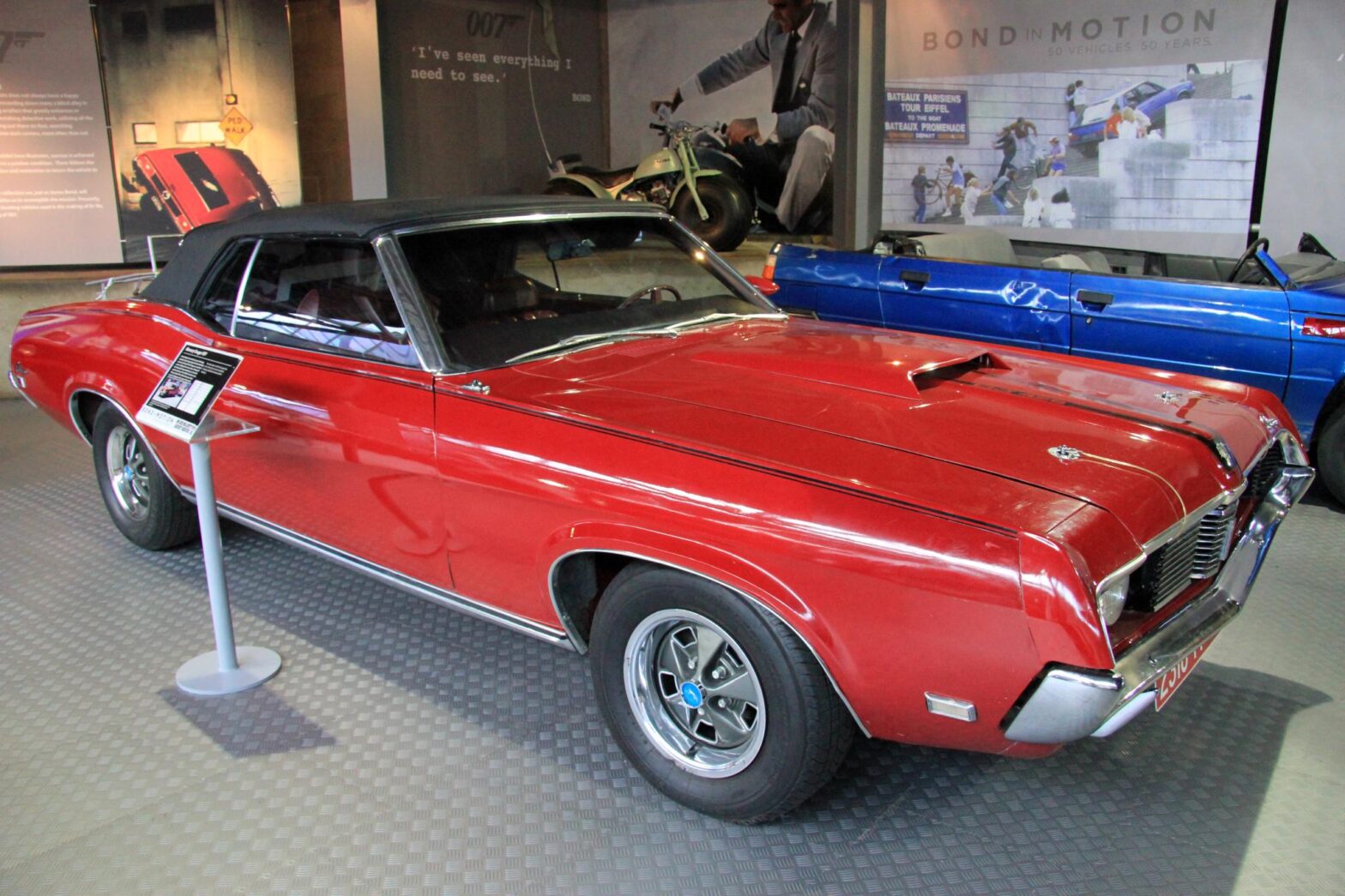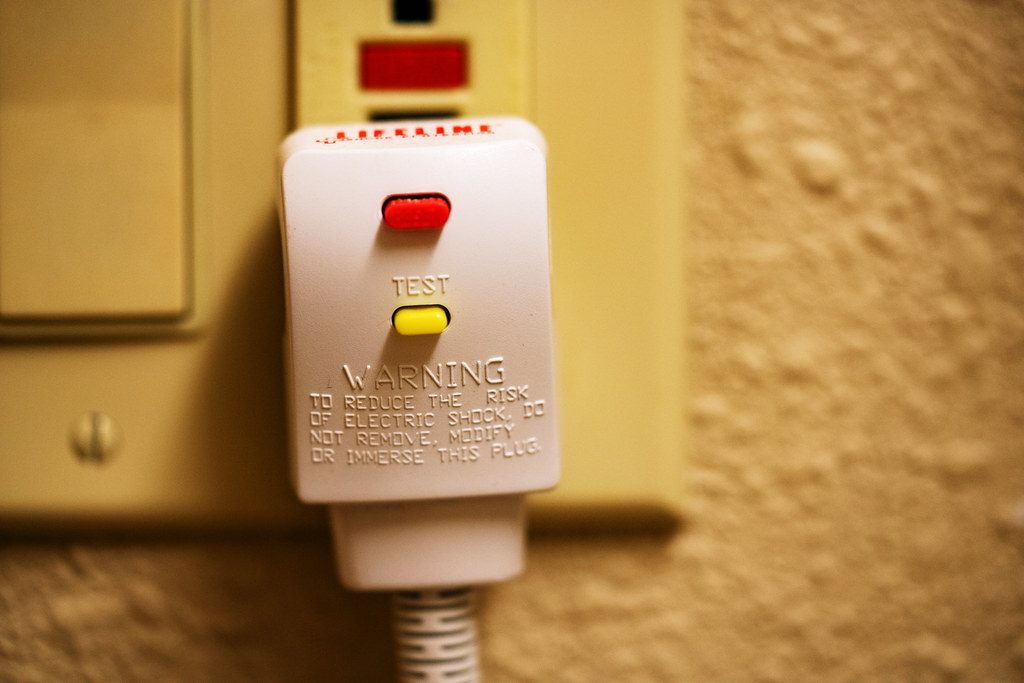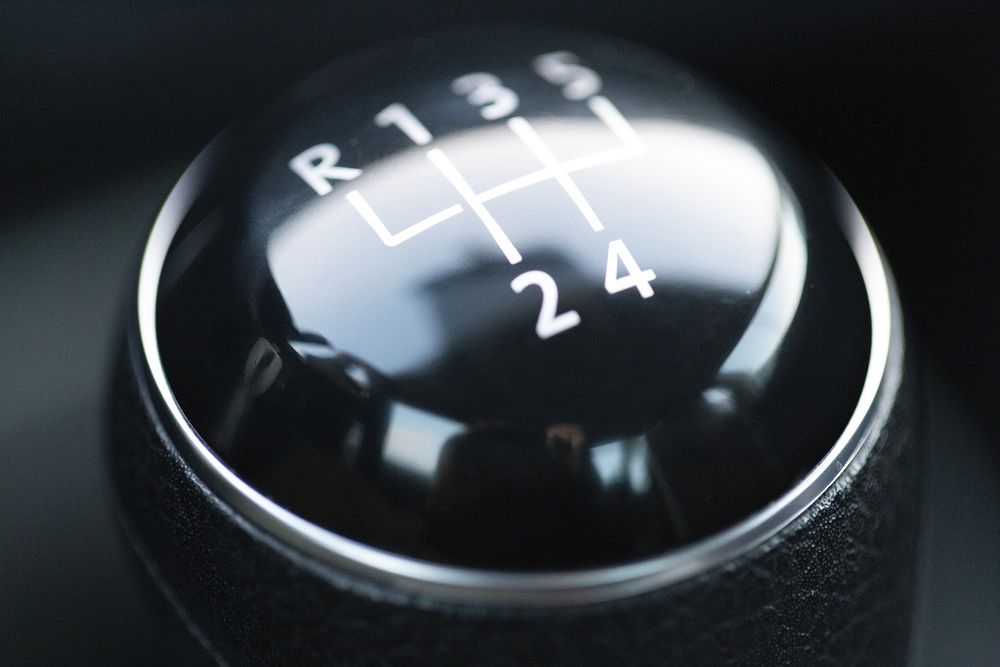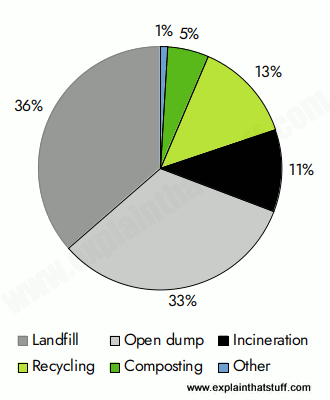1. What are Leaf Springs?
Leaf springs are a type of suspension system that can be found in many vehicles, from cars and trucks to trailers and buses. They are long, thin pieces of metal that are connected together in an arched shape, with one end attached to the body of the vehicle and the other end connected to the axle or wheel hub. The flexibility of the leaf spring allows it to absorb bumps and vibrations from the road, providing a smoother ride for passengers.
2. History of Leaf Springs
Leaf springs have been around since ancient times, with evidence showing they were used in chariots dating back to 600 BC. By the 19th century, they had become a popular choice for horse-drawn carriages due to their ability to provide a comfortable ride on bumpy roads. In the 20th century, leaf springs were adopted by automobile manufacturers as well, becoming an essential part of most modern vehicles’ suspension systems.
3. Types of Leaf Springs
There are two main types of leaf springs: mono-leaf and multi-leaf. Mono-leaf springs consist of one long piece of metal that is curved into an arch shape, while multi-leaf springs have several layers of metal stacked on top of each other for extra strength and flexibility. Mono-leaf springs are usually used in lighter vehicles such as cars, while multi-leaf springs are better suited for heavier vehicles such as trucks and buses.
4. Advantages and Disadvantages of Leaf Springs
One advantage of leaf springs is their simplicity – they require minimal maintenance compared to other suspension systems such as coilovers or airbags. They also provide good stability when cornering at high speeds due to their stiffness and rigidity when compressed under load. However, leaf springs can be prone to sagging over time due to wear and tear which can affect handling performance negatively. Additionally, because they’re made from metal, they tend to be heavier than other suspension systems which can reduce fuel efficiency in some cases.
5 Design Considerations for Leaf Springs
When designing leaf spring suspensions for vehicles, engineers must consider factors such as weight distribution, ride quality, road conditions and vehicle usage (such as off-roading). For example, if you’re designing a suspension system for a truck that will be used off-road frequently then you may need to use multi-leaf springs instead of mono-leafs due to their increased durability under load. Additionally, you must ensure that the spring rate (or stiffness) is appropriate for your application – too soft and your vehicle will bounce excessively; too stiff and it won’t handle bumps well at all!
6 Uses Of Leaf Springs In Automobiles
Leaf springs are commonly used in automobiles because they provide good stability when cornering at high speeds due to their stiffness when compressed under load – this makes them ideal for performance applications such as sports cars or muscle cars where handling is critical. Additionally,they are often used on off-road vehicles because their robustness allows them cope with rough terrain better than other suspension systems.Finally,they also provide good ride comfort when travelling on bumpy roads which makes them suitable for passenger cars too.
7 Benefits Of Using Leaf Springs In Automobiles
Using leaf springs in automobiles has several benefits including improved stability during cornering; increased durability over rough terrain; reduced wear & tear on components; improved ride comfort; increased safety; lower cost than other suspension systems; less maintenance required; increased fuel efficiency ;and finally,they offer good ground clearance which is important when travelling off road.
8 Maintenance Tips For Leaf Spring Suspension Systems
To ensure your leaf spring suspension system performs optimally over time,it’s important that you carry out regular maintenance checks.Firstly,check all mounting points regularly & replace any worn or damaged parts immediately.Secondly,check all bolts & nuts regularly & tighten any loose ones.Thirdly,ensure all moving parts (such as shackles & U bolts) are lubricated regularly.Fourthly,check all bushings regularly & replace any worn ones immediately.Finally,ensure all leaves remain flat & not twisted or warped otherwise this may affect performance adversely.
9 Conclusion
>
Leaf spring suspensions have been around since ancient times but still remain popular today due to their simplicity & effectiveness when it comes providing stability during cornering ;increased durability over rough terrain ;reduced wear & tear on components ;improved ride comfort ;increased safety ;lower cost than other suspension systems ;less maintenance required ;increased fuel efficiency ;and finally good ground clearance which is important when travelling off road.With regular maintenance checks however these benefits can be maximised ensuring your vehicle’s performance remains optimal over time.
Discover the Power of Leaf Springs: Unleash Your Vehicle’s Potential!
What is the purpose of a leaf spring?
The main function of leaf springs is to provide passenger comfort by dampening vertical vibrations caused by uneven road surfaces. Studies have shown that a desirable leaf spring material should have high strength and low modulus in the longitudinal direction [127].
Why do trucks use leaf springs?
Leaf springs are the oldest type of automotive spring. It is used in solid axle suspension and is currently only produced for the rear axle of vans and commercial vehicles. Leaf springs hold the axle and suspend the weight of the vehicle meaning control arms are not required.
Can you drive without leaf springs?
Is it possible to drive a car with a broken leaf spring? Technically you can drive a truck with broken leaf springs but that doesnt mean you should. You can drive the truck preferably a short distance where the problem can be solved.
Are leaf springs better than coil?
The leaves are stronger than the spirals. They can handle higher loads with less deflection and are easier to lift or lift than hanging from leaf springs.
How much does it cost to replace leaf springs on a truck?
$69.99 to $149.99
Depending on the make and model of the truck and the number of leaves on a spring, a single leaf spring will generally cost anywhere from $69.99 to $149.99. Therefore, at the lower-priced end of the spectrum, a new pair of leaf springs could cost you roughly $139.98.
How long do leaf springs last?
about 200,000 miles
In an older, heavily driven automobile, the leaf springs may not last as long. In contrast, a well-maintained vehicles leaf springs can last well over 100,000 miles. On average, a set of leaf springs might last about miles.








